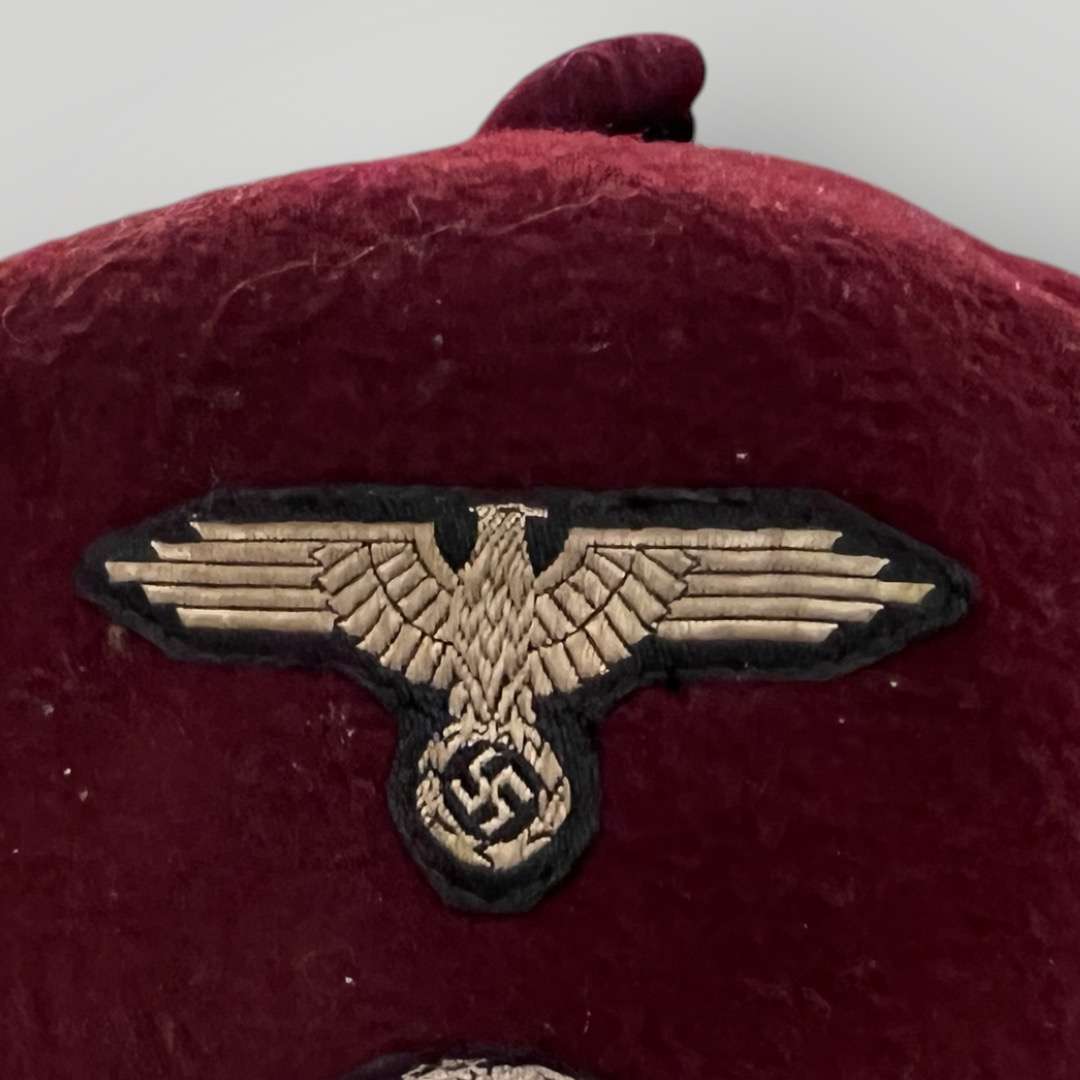Description
Waffen-SS Handschar Division
The Waffen-SS Handschar Division, officially known as the 13th Waffen Mountain Division of the SS Handschar (1st Croatian), was a unit of the German Waffen-SS during World War II. It was notable for being the first non-Germanic division of the Waffen-SS and was composed mainly of Bosnian Muslims with a smaller number of Croatian Catholics.
The division was formed in 1943, during a period when Nazi Germany sought to bolster its military strength by recruiting soldiers from occupied territories. The primary mission of the Handschar Division was to combat Yugoslav Partisan resistance fighters in the Balkans. Heinrich Himmler, the head of the SS, played a significant role in the division’s establishment, believing that Bosnian Muslims would be particularly loyal and effective soldiers due to their historical grievances against Serbian Orthodox Christians.
The Handschar Division underwent training in France and then deployed to the Balkans, where it engaged in anti-partisan operations. Despite initial enthusiasm from some recruits, the division faced numerous challenges, including desertions and morale issues. It was involved in several brutal campaigns, which led to significant civilian casualties and accusations of war crimes.
One of the most distinctive aspects of the Handschar Division was its unique headgear: the fez. The fez is a traditional headdress of Ottoman origin, symbolising the Islamic heritage of the Bosnian Muslim recruits. The division’s members wore two types of fez: one in field grey, worn during combat operations, and a maroon or red version, adorned with an SS eagle and Totenkopf (death’s head) insignia, for formal occasions.
The use of the fez was a strategic move to gain the loyalty of the Muslim recruits by respecting their cultural and religious identity. However, it also served as a propaganda tool, aiming to present the Waffen-SS as an inclusive and multicultural force. The Handschar Division’s legacy is controversial, marked by its collaboration with Nazi Germany and involvement in atrocities, yet also remembered for the complex interplay of identity, politics, and warfare during World War II.




















